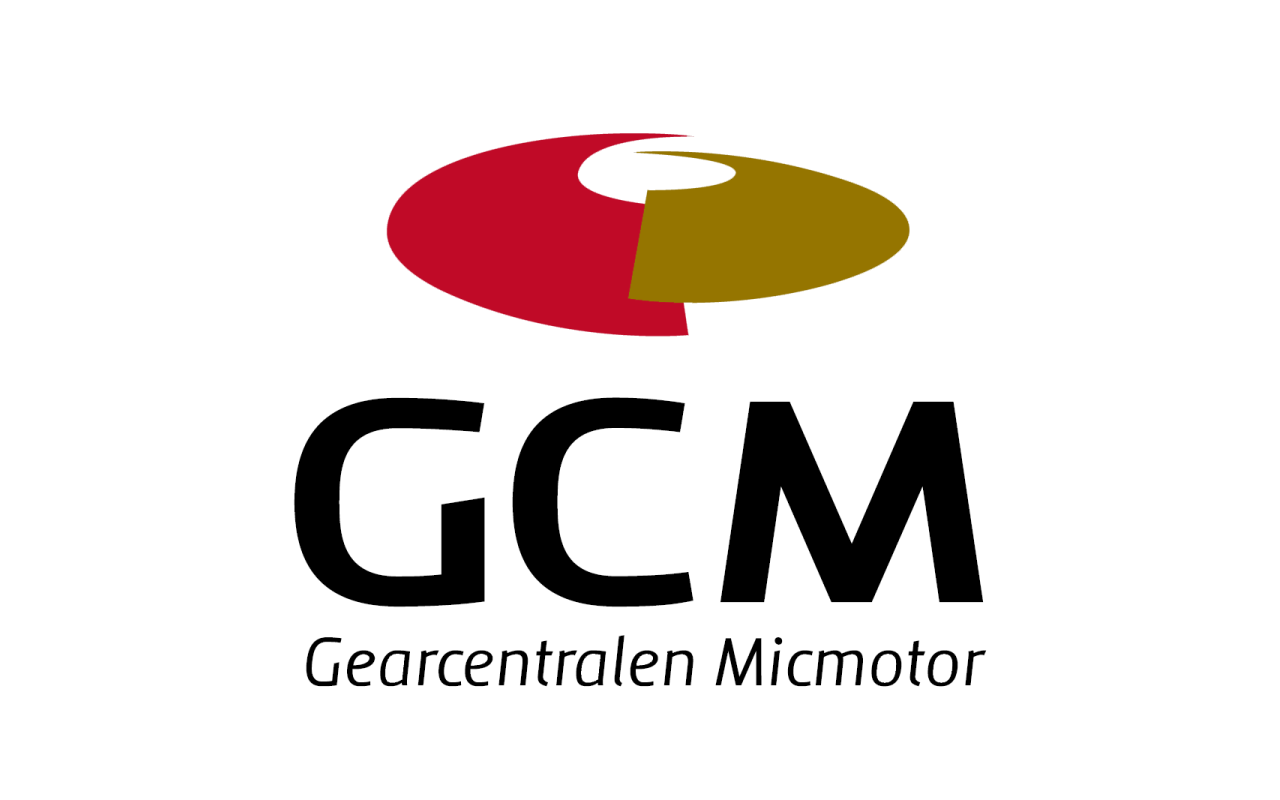Not sure whether to choose a stepper motor or a servo motor for your project?
In this post, we highlight the main differences between stepper motors and servo motors and specify the criteria you should take into account when deciding which type of motor works best for your project.
Stepper motors
Stepper motors consist of electromagnets centered around a shaft that alternately receive voltage. A stepper motor typically has 50 to 100 electrical poles that are activated in steps. A full rotation is thus divided into a series of steps – hence the name ‘step’ motor. This stepwise constant motion means that a stepper motor is often controlled by open-loop, eliminating the cost and complexity of an encoder.
However, stepper motors have limited speed. They run best at 1,200 rpm or lower. Although stepper motors generate high torque at zero speed, the torque decreases as the speed increases.
Servo motors
Servo motors, like a stepper motor, consist of several electromagnets centered around the shaft that are alternately energized. However, the difference is that servo motors have significantly lower numbers of poles, often 4-12 in total. The lower number of poles allows servo motors to run significantly faster than stepper motors, but as a result, servo motors must be controlled by closed-loop and require hall sensors or encoders. Closed-loop allows servo motors to deliver high positioning accuracy combined with better speed and acceleration than stepper motors.
However, servo motors are expensive as they use better magnets in their construction, and are larger and more complex than stepper motors.
Conclusion
The main difference between stepper motors and servo motors is cost.
Stepper motors typically do not require feedback, they use cheaper magnets and rarely contain gearboxes. Due to the high number of poles and their ability to generate high torque at low speeds, they also use less energy at low speeds. In addition, stepper motors are often cheap and compact. Stepper motors are therefore a good solution for projects that require less speed, low acceleration and low accuracy.
However, servo motors have a significant advantage in terms of performance, speed, and acceleration. The main advantage is that servo motors deliver high torque at high speed – something that stepper motors cannot do.
Both a stepper motor and a servo motor have their advantages and disadvantages. Therefore, when choosing which type of motor will work best for your project, you need to consider the torque, speed, desired acceleration, budget, and motor size.
Overview of the differences between stepper motors and servo motors


